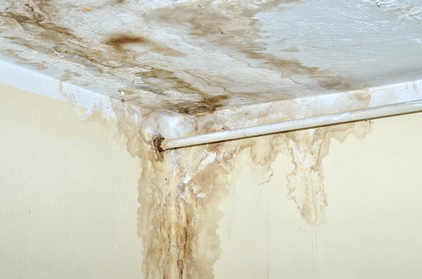6 Water Damage Remediation Do's and Don'ts.
6 Water Damage Remediation Do's and Don'ts.
Blog Article
Here below you can get a lot of good quality guidance all about How To Prevent Fire And Water From Ruining Your Holiday Season.

Water offers life, water invasion on parts where it's not intended to be can result in damages. If the water soaks right into your structure, it can peel away surface areas and erode the structure. Mold and mildew and mildew additionally thrive in a wet atmosphere, which can be dangerous for your health and wellness. Houses with water damages scent moldy and old.
Water can come from lots of resources such as tropical cyclones, floodings, burst pipes, leaks, and drain concerns. In case you experience water damage, it would be good to understand some safety preventative measures. Right here are a couple of guidelines on exactly how to manage water damages.
Do Prioritize Home Insurance Coverage
Water damages from flood as a result of hefty winds is seasonal. You can also experience an unexpected flooding when a faulty pipe all of a sudden ruptures into your home. It would be best to have residence insurance policy that covers both acts of God such as all-natural disasters, as well as emergency situations like busted plumbing.
Do Not Neglect to Turn Off Energies
In the event of a disaster, specifically if you stay in a flood-prone location, it would be advisable to switch off the major electrical circuit. This removes power to your entire home, stopping electric shocks when water comes in as it is a conductor. Do not fail to remember to transform off the major water line valve. When floodwaters are high, furnishings will move as well as create damage. Having the main shutoff turned off prevents further damage.
Do Remain Proactive as well as Heed Weather Signals
Tornado floods can be very unpredictable. If there is a background of flooding in your community, stay aggressive and also ready. Pay attention to evacuation warnings if you live near a creek, river, or lake. Obtain valuables from the very beginning as well as cellar, then put them on the greatest possible level. Doing so minimizes potential residential or commercial property damages.
Don't Disregard the Roofing System
You can avoid rain damage if there are no openings and also leakages in your roofing system. This will stop water from moving down your wall surfaces and soaking your ceiling.
Do Take Notice Of Little Leaks
A ruptured pipeline doesn't happen over night. You may observe gurgling paint, peeling wallpaper, water touches, water stains, or trickling sounds behind the walls. Have your plumbing repaired before it results in huge damages.
Do Not Panic in Case of a Ruptured Pipeline
Keeping your presence of mind is important in a time of situation. Worrying will only worsen the issue due to the fact that it will stifle you from acting quickly. When it involves water damage, timing is crucial. The longer you wait, the even more damage you can expect. Therefore, if a pipeline bursts in your house, right away shut off your major water valve to cut off the resource. Disconnect all electric outlets in the location or turn off the circuit breaker for that component of the house. Call a respectable water damages remediation specialist for assistance.
Water gives life, water intrusion on parts where it's not supposed to be can result in damages. Residences with water damage odor moldy and old.
Water damages from flooding charges to hefty winds is seasonal. You might discover gurgling paint, peeling off wallpaper, water touches, water discolorations, or trickling noises behind the walls. When it comes to water damages, timing is vital.
Some Do's & Don't When Dealing with a Water Damage
DO:
Make sure the water source has been eliminated. Contact a plumber if needed. Turn off circuit breakers supplying electricity to wet areas and unplug any electronics that are on wet carpet or surfaces Remove small furniture items Remove as much excess water as possible by mopping or blotting; Use WHITE towels to blot wet carpeting Wipe water from wooden furniture after removing anything on it Remove and prop up wet upholstery cushions for even drying (check for any bleeding) Pin up curtains or furniture skirts if needed Place aluminum foil, saucers or wood blocks between furniture legs and wet carpet Turn on air conditioning for maximum drying in winter and open windows in the summer Open any drawers and cabinets affected for complete drying but do not force them open Remove any valuable art objects or paintings to a safe, dry place Open any suitcases or luggage that may have been affected to dry, preferably in sunlight Hang any fur or leather goods to dry at room temperature Punch small holes in sagging ceilings to relieve trapped water (don't forget to place pans beneath!); however, if the ceiling is sagging extremely low, stay out of the room and we'll take care of it DO NOT:
Leave wet fabrics in place; dry them as soon as possible Leave books, magazines or any other colored items on wet carpets or floor Use your household vacuum to remove water Use TV's or other electronics/appliances while standing on wet carpets or floors; especially not on wet concrete floors Turn on ceiling fixtures if the ceiling is wet Turn your heat up, unless instructed otherwise

I recently found that page on Ways to Reduce The Risk Of Fire And Water Damage while doing a lookup on the search engines. Enjoyed reading our write up? Please share it. Help others check it out. We cherish reading our article about Keeping Your Home Safe This Holiday Season.
Report this page